L'agence spatiale japonaise et le constructeur automobile Toyota ont annoncé avoir conclu un partenariat cette semaine. Le but de cette collaboration est d'envoyer un véhicule autonome sur la Lune, pouvant transporter jusqu'à 4 personnes. Avec pour objectif un lancement en 2029.
Mardi dernier, l'Agence d'exploration spatiale japonaise (JAXA) a annoncé le début d'une nouvelle collaboration avec Toyota. Un accord qui vise la production d'un nouveau rover lunaire par le constructeur automobile.
Objectif Lune
Toyota va donc travailler sur un véhicule autonome, capable de se déplacer sur la surface accidentée de la Lune. Un véritable défi dans la mesure où l'engin sera exposé à des conditions de rayonnement et de température particulièrement exigeantes, ainsi qu'à une gravité beaucoup plus faible que sur Terre. D'autant que la JAXA table sur une autonomie de 10 000 km.
Pour alimenter son véhicule, le constructeur japonais mise sur les piles à combustible. Leur principe : transformer de l'hydrogène en électricité, grâce à un apport en oxygène. L'avantage principal de cette méthode étant de produire une grande quantité d'énergie tout en ne rejetant que de l'eau. Pour compléter, l'engin sera également pourvu de panneaux solaires.
Learn more / En savoir plus / Mehr erfahren:
https://www.scoop.it/t/21st-century-innovative-technologies-and-developments/?&tag=Space



 Your new post is loading...
Your new post is loading...

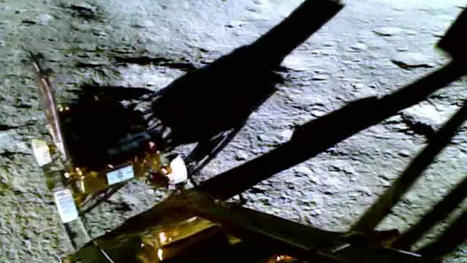

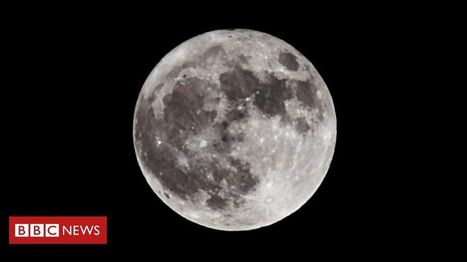
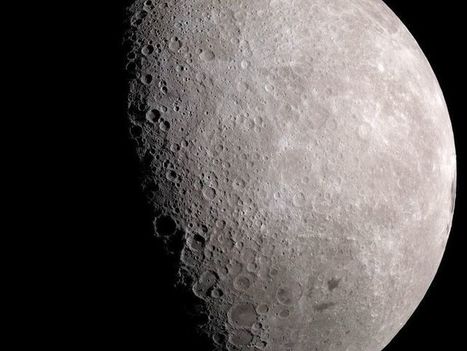
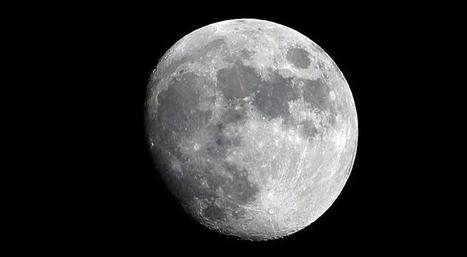
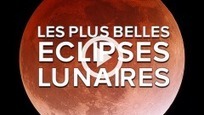
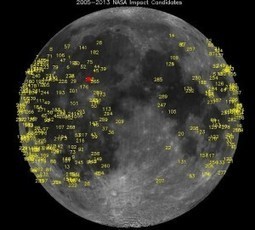
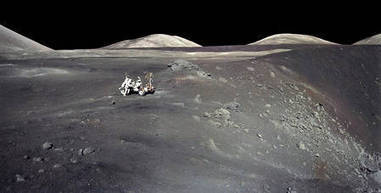



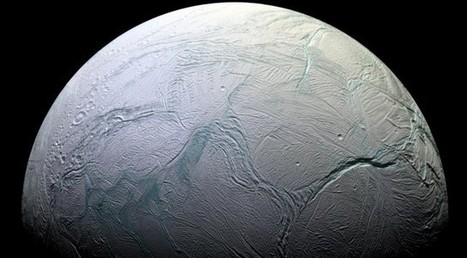
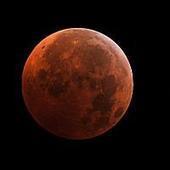






Data from LIBS revealed the lunar regolith near the south pole has the expected mix of aluminum, calcium, chromium, iron, manganese, oxygen, titanium, and silicon. The detection of sulfur, however, was a welcome surprise. On Earth, traces of sulfur are found in water, soil, and plants. Sulfur is associated with water, and that's one of the primary resources for which Chandrayaan-3 is searching.
Learn more / En savoir plus / Mehr erfahren:
http://www.scoop.it/t/21st-century-innovative-technologies-and-developments/?&tag=Space
https://www.scoop.it/topic/21st-century-innovative-technologies-and-developments/?&tag=Moon...